Why Rising Energy Costs Make Smarter Housing a No-Brainer
What a recent Ezra Klein episode reveals about cost, permitting, and how to rebuild faster On a recent episode of The Ezra Klein Show, climate...
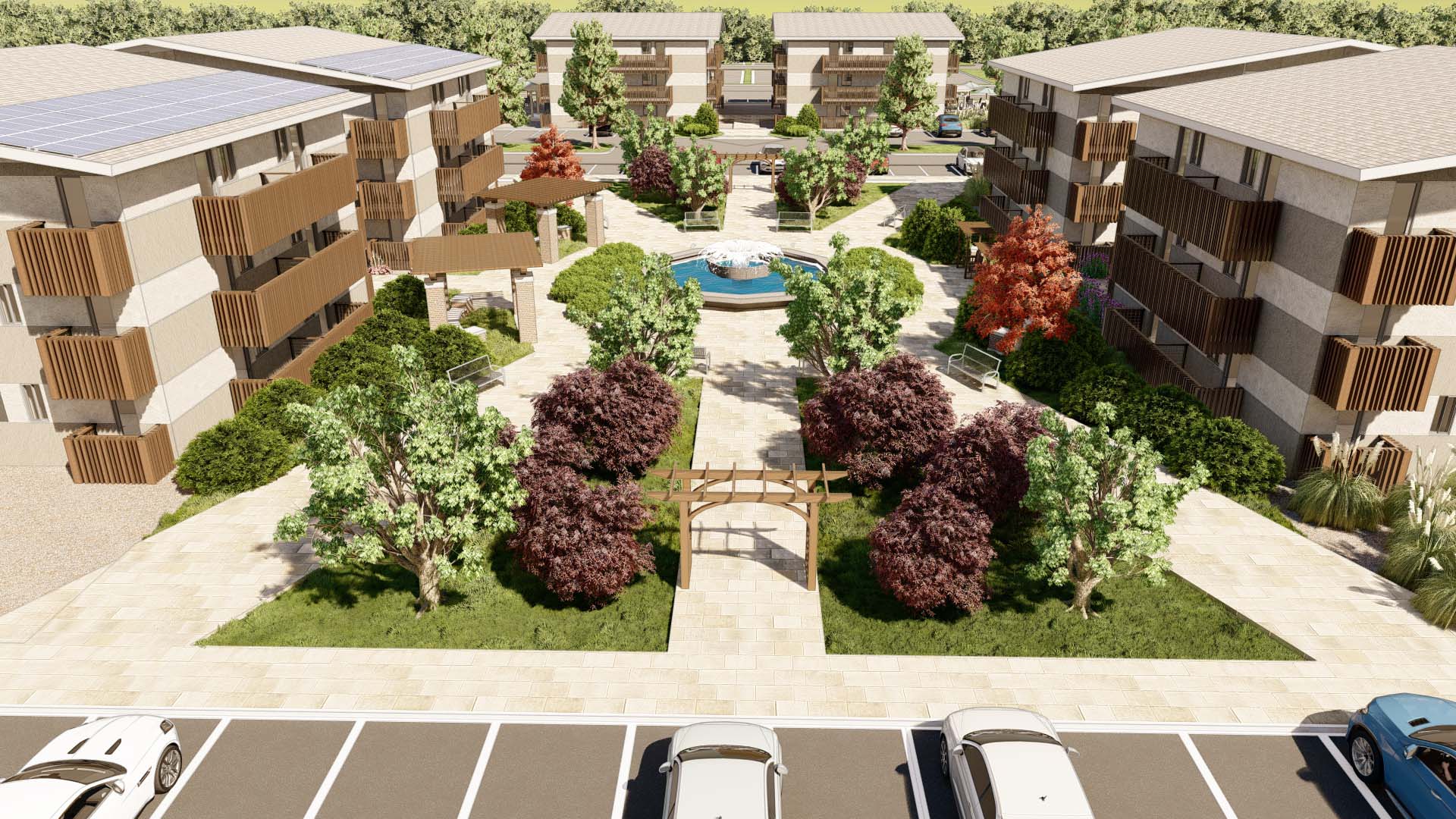
What makes the “Best Green” anything? Maybe the hardest thing to know is which thing is really “Best”. There are so many possibilities that it really becomes subjective. And that’s OK if you know the difference. And therein is the crux of the matter, you really need to know what to look for.
So, before we talk about what “Green really means”, let’s talk about what could be important to you.
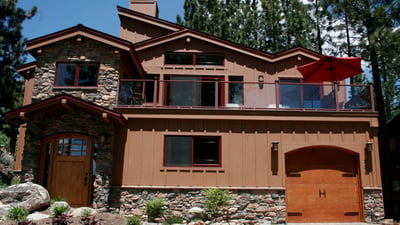 What is “best” varies with opinions, but you can better determine the facts by making a list what you think are the “most important characteristics” and ranking each characteristic with a score on how well your Test Subject, in this case your house or apartment (“home”) scores when ranking these important characteristics.
What is “best” varies with opinions, but you can better determine the facts by making a list what you think are the “most important characteristics” and ranking each characteristic with a score on how well your Test Subject, in this case your house or apartment (“home”) scores when ranking these important characteristics.
So, start by selecting the “important characteristics”. For you, what are they? There are many characteristics that are commonly wanted in any home, such as “safe”, “strong”, “healthy”, “quiet”, “clean”, “comfortable”, “of the right size”, “in the right neighborhood, and such, so if those criteria are important to you, put them on the list.
But! Those characteristics aren’t the ones that make home into a “Green Home”. Being Green is more than just being a “good home”. Being Green means being truly “Sustainable”.
Being sustainable means being in harmony with the earth, with nature, with the environment, and not being damaging to it, at least to the extent possible. Given the reality that we all need things and consume certain things, there’s simply no easy way to avoid having a negative effect on the earth, just with our simple presence on it.
What we should be doing is everything we can to have positive effects on the earth and ourselves.
Homes are buildings, and all buildings use materials and making materials means using energy. The people involved in all aspects of buildings use materials too. Lots of energy is used in mining, harvesting, forming, and making the materials. Energy is used to assemble the materials into buildings, and then once the buildings are completed, lots of energy is used in operating the buildings.
The trouble is that too much of this energy comes from burning fossil fuels, such as gas, coal, oil, etc. Burning fossil fuels produces greenhouse gases (GHGs), such as CO2 and methane, and these GHGs are causing changes in the atmosphere, trapping heat in the atmosphere and oceans, raising air temperatures everywhere, and causing species extinctions at an accelerating rate.
The U.S. is the world’s largest producer of GHGs, and BUILDINGS produce 39% of all of the GHGs in the U.S. This wasteful and damaging way of living is threatening countless species with unviable living conditions, and humans too may be severely affected. This way of using energy is OPPOSITE of sustainability. It’s truly unsustainable by definition. This path needs to change.
So, we see that two of the most important criteria in being Green are to:
Going Green means reducing your “carbon footprint” (fossil fuel usage) and being as kind to the earth as you can. Being Green means being sustainable, and when it comes to buildings (back to your home), there are also several other building ways to be even GREENER:
When you can score each of those characteristics highly on your score sheet, then you’ll have found one of the most energy efficient, durable, healthy, safe, clean, quiet, comfortable, and sustainable homes available. It’ll be a truly “Green Home” and if you select the right building system, then you’ll have the “BEST” savings of energy, money, time, effort, and the environment!
For a quick tutorial, watch the video, "Passive House explained in 90 Seconds."
How you score your home is your choice. What you choose to do is your choice.
But please remember, the environment is just like the old Realtor expression that goes something like, “Well, you know what they say about land, 'They’re not making it anymore’." The point is that one should consider how the environment is at risk and one should think about the impacts of your purchase and how they may affect the environment. So, when and how do you want to pay for the future impacts that you're creating… less now or much more later?
It’s also true that one needs to value what’s important and protect it. To that end, the International Energy Agency (IEA) has created a "2050 Roadmap" to reverse Climate Change by severely reducing our use of fossil fuels and eventually eliminating most of our generation of GHGs. There is hope!
So, when it’s time to Choose the Best Green Home, study what’s important to you, rank those important characteristics, and make a wise choice. Make the responsible choice, sustainability. You’ll be happy you did. Don’t be find yourself sorry that you didn’t choose wisely. You'll find that you could be hurting your own children too.
Join the conversation. Tell us in the comments section what you think about what you think is the best "Green" house.
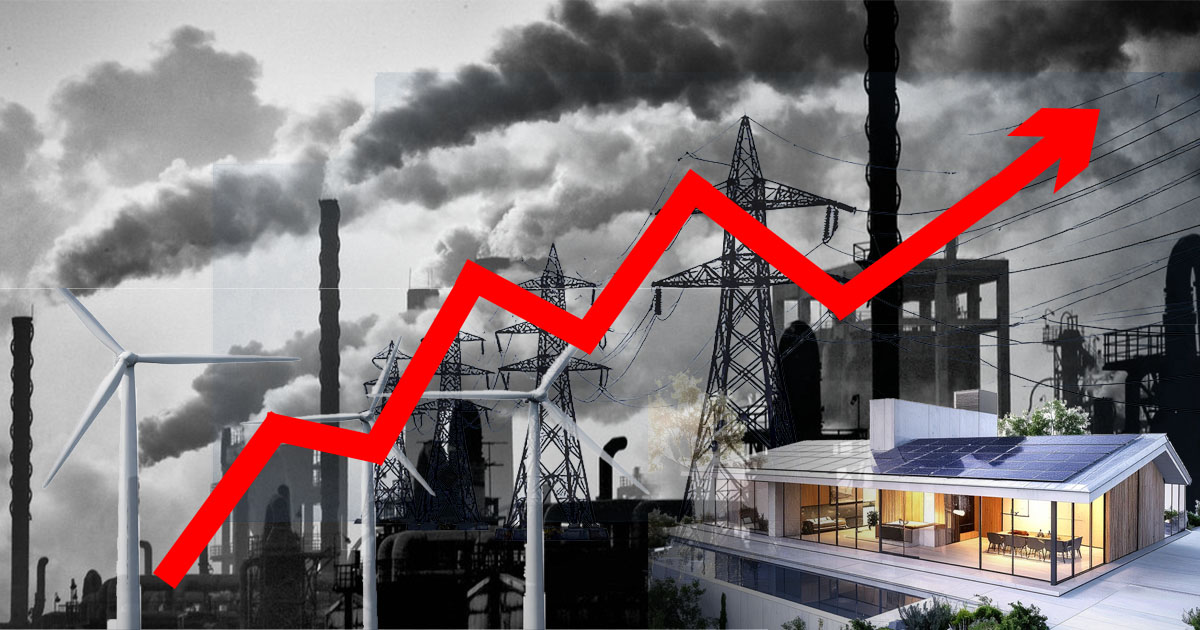
What a recent Ezra Klein episode reveals about cost, permitting, and how to rebuild faster On a recent episode of The Ezra Klein Show, climate...
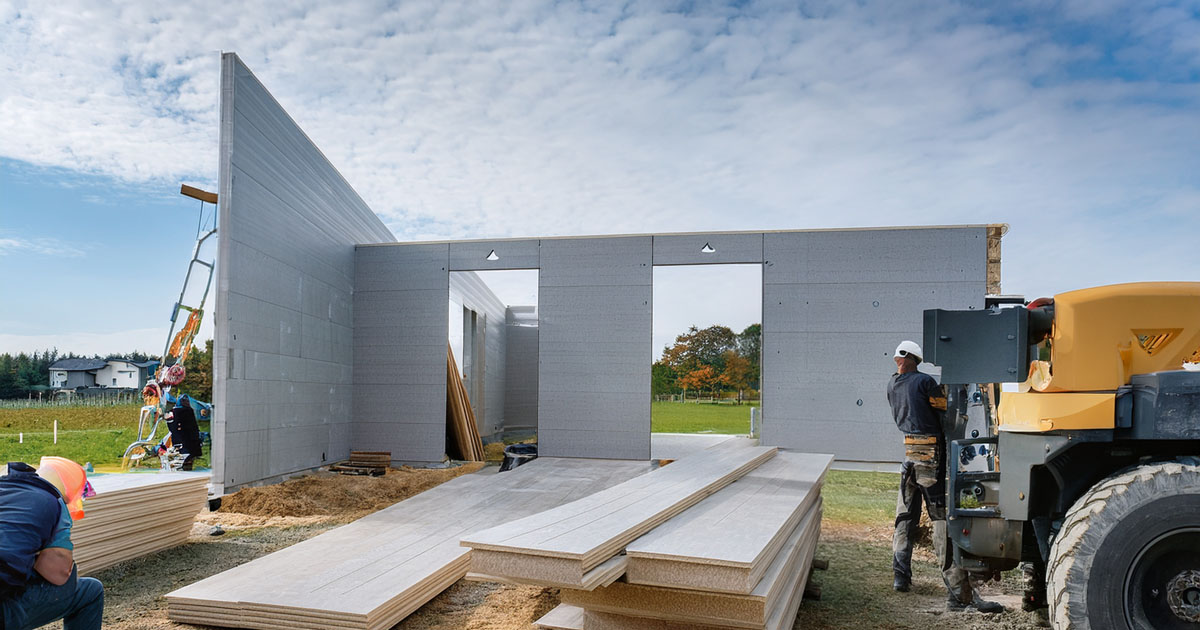
Wildfires don’t just destroy homes—they upend entire communities. From Paradise to Lahaina to Los Angeles, fire survivors face years of delays, red...
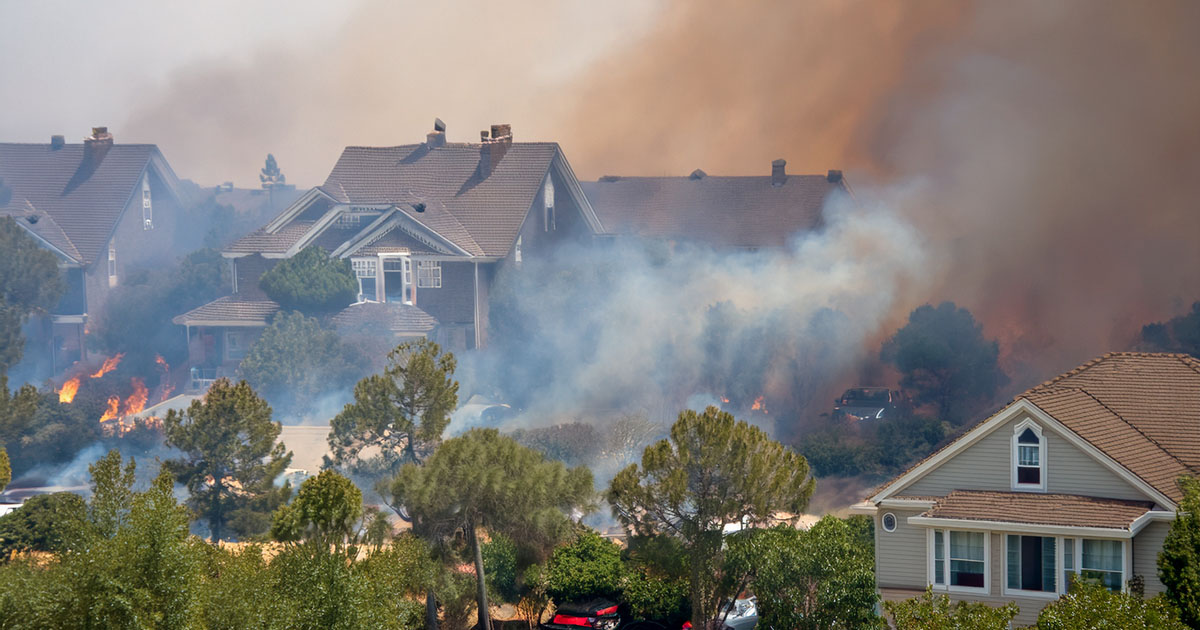
When a wildfire hits, most people worry about flames. But smoke is often both the immediate killer and the more pervasive, long-lasting...